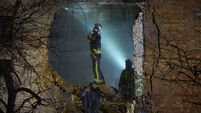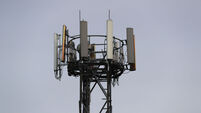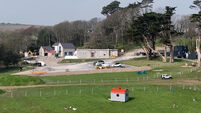LONG READ: Recently released records provide insight into life during the Irish revolution

President Michael D Higgins’ family show just how divisive the Civil War was, as his father and uncle went different ways over the 1922 Anglo-Irish Treaty, while their two siblings appear to have remained neutral.
The details emerge in files released today in relation to their applications for pensions in respect of their military service during the Irish revolution.













